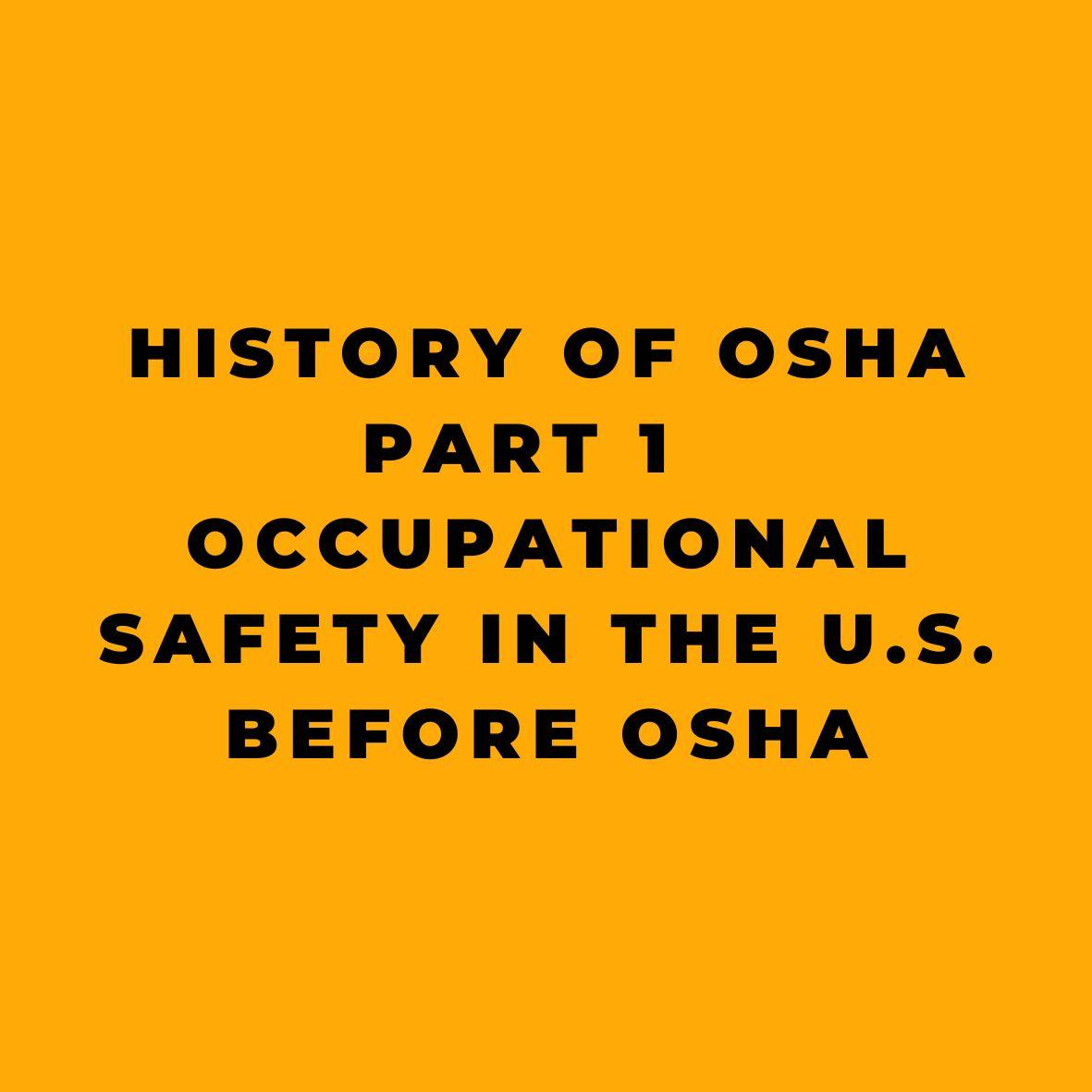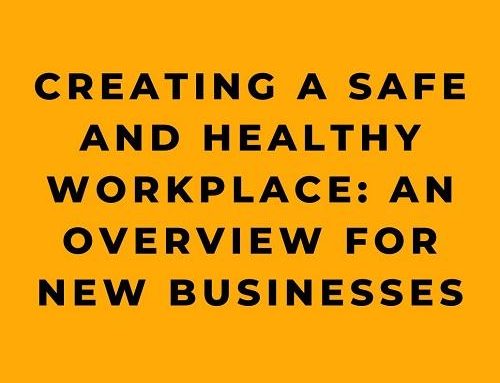Part 1, Part 2, Part 3, Part 4, Part 5, Part 6, Part 7, Part 8
The importance of occupational safety and health in American workplaces cannot be overstated. As the backbone of our nation’s dynamic economy, it is crucial that we prioritize the safety and well-being of our workforce. The Occupational Safety and Health Administration (OSHA) has become synonymous with workplace safety and health, but its journey to becoming the leading resource in this field is one worth exploring.
In the 19th century, occupational safety and health were not prioritized as they are today. However, in 1877, Massachusetts took the first significant step by passing the nation’s first safety and health legislation, focusing on factory equipment safety and fire exits. By 1890, nine states had established factory inspectors, 13 required machine guarding, and 21 made provisions for addressing health hazards.
A notable turning point occurred in 1903 when the U.S. Bureau of Labor began publishing detailed studies of occupational fatalities, illnesses, and safety topics. In 1910, a study by John B. Andrews on phosphorus necrosis, a debilitating and sometimes fatal disease affecting workers in the white phosphorus match industry, shocked the nation. This study prompted the U.S. to impose a high tax on phosphorus matches, effectively forcing the industry to adopt safer methods using sesquisulfide of phosphorus.
Dr. Alice Hamilton, known as the founder of industrial medicine in America, played a pivotal role in promoting occupational safety and health. Working as a special investigator for the Bureau of Labor, Hamilton traveled the country to evaluate various workplaces. Her 1911 study on the white lead industry led to Illinois enacting laws requiring job-related safety measures. By the late 1930s, all states had implemented similar laws.
The establishment of the Department of Labor in 1913 further solidified the importance of workplace safety and health. President William Howard Taft, despite his reservations, signed the bill just hours before his successor, Woodrow Wilson, took office. Wilson appointed William B. Wilson (no relation), a former United Mine Workers of America leader and Congressman, as the first Secretary of Labor.
In 1933, President Franklin D. Roosevelt appointed Frances Perkins as the new Secretary of Labor, making her the first woman to serve as a member of the Cabinet. Perkins, who had extensive experience in occupational safety and health with the State of New York, created the Bureau of Labor Standards in 1934 to promote workplace safety and health. This agency marked the first permanent federal institution dedicated to the well-being of working men and women. The Bureau of Labor Standards would later evolve into OSHA.
As we reflect on the journey towards improved occupational safety and health, it is essential to acknowledge the progress made over the years. From the first safety and health legislation in Massachusetts to the creation of the Department of Labor and the establishment of OSHA, we have come a long way in prioritizing the well-being of our workforce.
However, our work is far from over. As technology and industries continue to advance, we must remain vigilant in identifying and addressing new hazards and challenges. By learning from the past and committing to a future of continuous improvement, we can ensure that American workplaces remain as safe and healthy as possible for generations to come.
Part 1, Part 2, Part 3, Part 4, Part 5, Part 6, Part 7, Part 8
Reference:
- U.S. Department of Labor. “Reflections on OSHA’s History.” Occupational Safety and Health Administration, January 2009, OSHA 3360.










